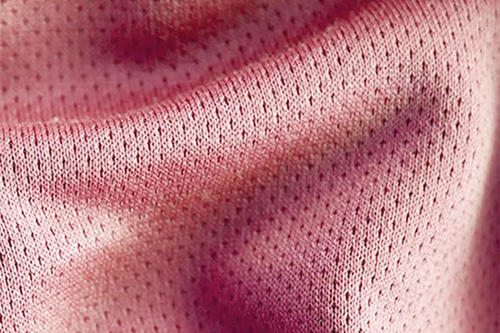
Imagine military uniforms made with high-tech materials that could make them invisible to night vision so they could be used in rescue missions without detection. Or imagine "smart" fabrics that would use a wearer's motion to charge a cell phone.
These are the fabrics of the near future, says University of Minnesota mechanical engineering professor David Pui, who along with assistant professor Julianna Abel will lead research at the U of M through a new $317 million national partnership to develop the next generation of smart fabrics and fibers.
The goal of the Advanced Functional Fibers of America partnership, which includes dozens of businesses, universities, and government agencies, is to accelerate innovation in the manufacturing of fibers and textiles that incorporate technology in new ways to improve and even save lives.
"The initiative provides an exciting opportunity to enhance the functionality of the fabrics that all of us interact with every day," says Abel, who was hired in 2014 as part of the state-funded MnDRIVE—Minnesota's Discovery, Research, and Innovation Economy—initiative.
Indeed, the fibers of the future will see, hear, sense, communicate, store and convert energy, and even monitor our health.
The University of Minnesota was chosen for the initiative in part because of its successful Center for Filtration Research, led by Pui.
Meanwhile, Abel's research establishes frameworks to design and synthesize smart material technologies to enable new aerospace structures, medical devices, and consumer products.
A wide range of industries are expected to benefit from the initiative, including apparel, consumer products, automotive, medical devices, and consumer electronics.
"We are pleased that the University of Minnesota is part of this partnership to create a whole new industry," says Pui.
- Categories:
- Science and Technology





